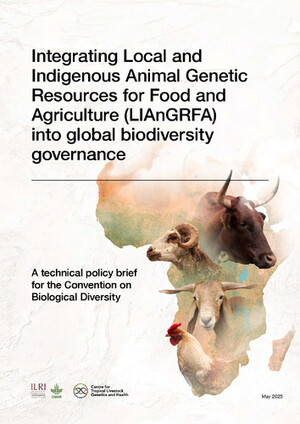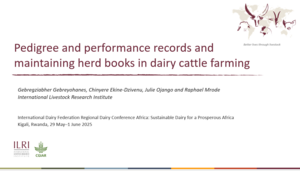
Village chicken characteristics and their seasonal production situation in Jamma District, South Wollo, Ethiopia
Abstract
This study was conducted in four Peasant Associations in Jamma district, with the objectives of assessing village chicken production situation and their characters. A total of 120 households from four PAs were involved in the study. A single-visit and multi-subject type of survey was conducted using structured questionnaires between November and December 2005, which was complemented by one arrival survey in August 2005 aiming at assessing seasonal variation in village chicken production. The survey work indicated that, the overall average flock size was 5.6±0. 8 per household. Flock size was significantly higher (p<0.05) for rich households than medium and poor households. Average flock size was not significantly (P>0.05) affected by PAs and agro ecologies. Major phenotypic appearance of chicken flock was white (28.9 %) followed by gray (25.9%). The mean of age at first lay, number of clutches per hen per year and number of eggs laid per clutch per hen were 5.05±1.34 months, 5.06±1.65 and 15.39±5.05, respectively. The mean hatchability was 84% per hen per household. The ratio of male to female was around 1:3. The purpose of keeping poultry was mainly for sale (38.11) followed by home consumption (31.56%). Of all classes of chicken, significant (P<0.05) variation between seasons and prices were observed for cockerels, which were 10.5 in winter and 9.0 Birr in summer seasons while season had significant (P<0.05) effect on the body weight of local cockerels and the body weight of cross bred hens was also affected by agro ecology. For better productivity, changing traditional management would be the first priority.
Citation
Mammo, M.; Berhan, T.; Dessie, T. 2008. Village chicken characteristics and their seasonal production situation in Jamma District, South Wollo, Ethiopia. Livestock Research for Rural development 20(8).










